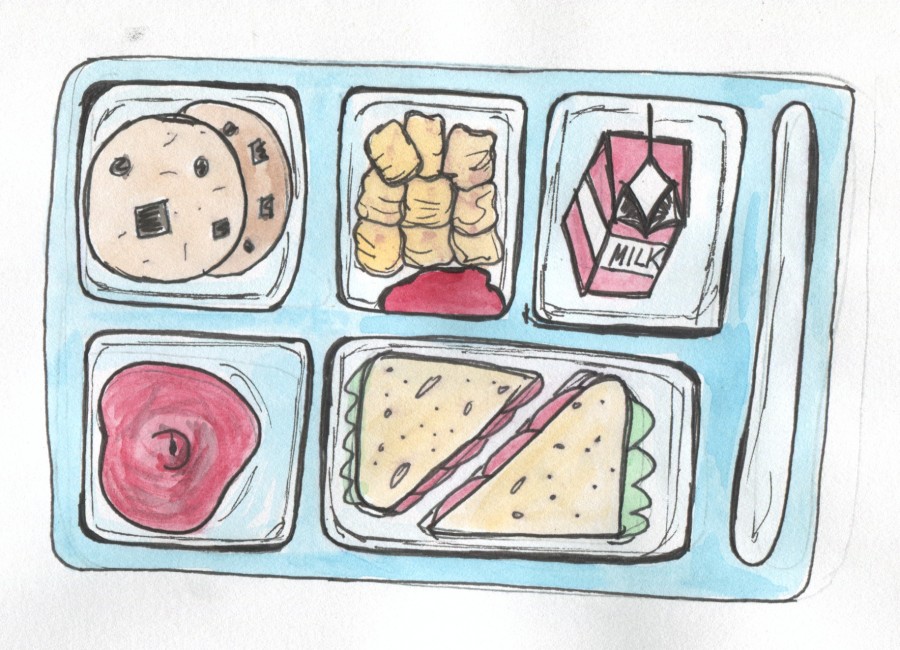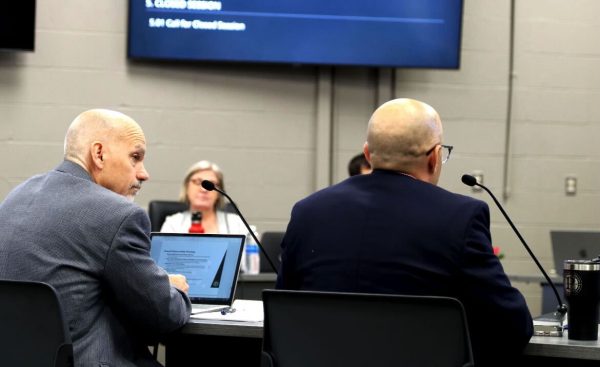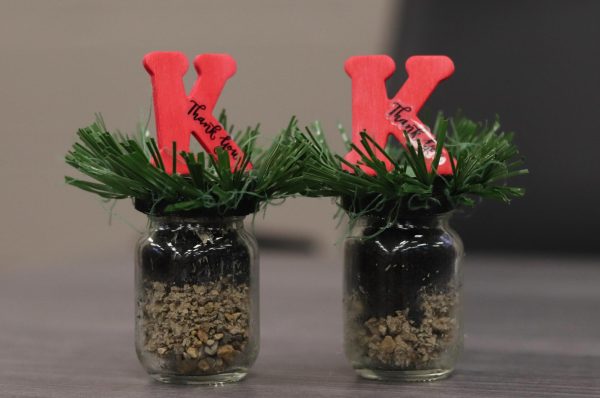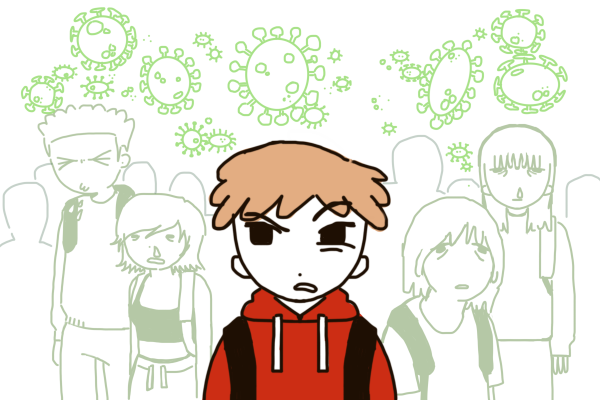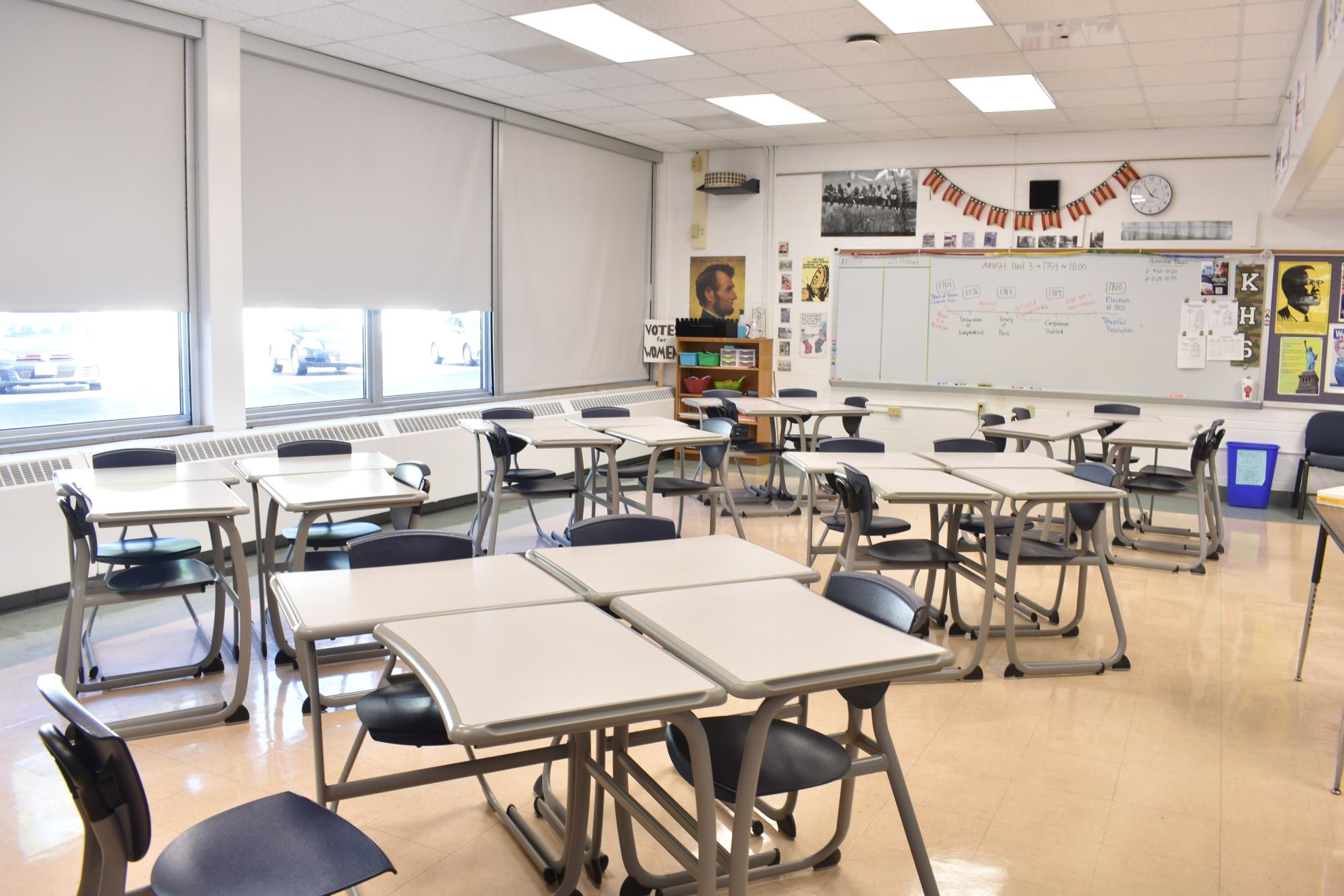Food waste at KHS
Barbara Chrisman, KHS cafeteria chef, arrives each morning at 6 a.m., stocks the cafeteria shelves with roughly 192 bags of chips, distributes a 10-liter tub of the day’s side dish into four serving trays for lunch and prepares breakfast for the incoming students. Although this quantity of food seems inadequate for the approximate 70 percent of students that use the cafeteria, almost an eighth is run down the garbage disposal at the end of the day.
According to a study done by the Minnesota Pollution Control Agency, food accounts for 23 percent of the materials schools waste daily, causing the USDA to establish several food waste-prevention initiatives across the country.
“I personally dislike the fact that some days we prepare too much food and much of it is thrown away,” Vlada Buck, KHS Director of Dining Services, said. “There simply isn’t a clear option for stopping food waste other than preparing the exact amount students will buy.”
The USDA prohibits leftover cafeteria food from being donated to the homeless, however Buck claims she is working to lift this rule. KHS requires all cafeteria workers to keep a detailed log of what they prepare and throw away, making the likelihood for unnecessary waste significantly lower. While many of the cafeteria food items do not need to be fresh, like the drinks, and chips, the items prepared in the morning are often the main component of the waste.
KHS predicts the amount of food that needs to be prepared by the number of students purchasing a lunch each day. However, many students purchase a chip bag or drink because they bring their meal from home. This creates an indiscrepancy in the amount of food prepared versus the amount of students who purchase it, generating more waste.
“Food waste is not something that directly impact many people’s lives, so it is often overlooked,” Buck said. “But it is a waste of energy and resources, so the public should be conscious of trying to stop it.”
Your donation will support the student journalists of Kirkwood High School. Your contribution will allow us to purchase equipment and cover our annual website hosting costs.

Grade: 11
Twitter handle: @edgelord_4x4
If you could be another Call staffer, who would you be?: Michael Teasdale because he's hilarious
Interests: zoning...

Grade: 12
Extracurriculars: XC, Track, Band, French Club, NHS, Call, NAHS, Quill and Scroll
What do you like about Call?: The shenanigans
How...


